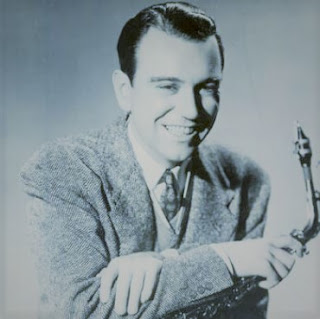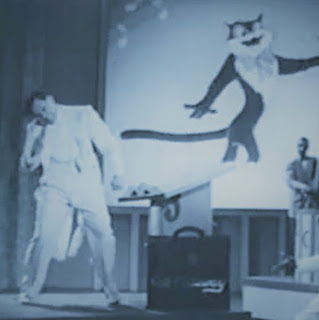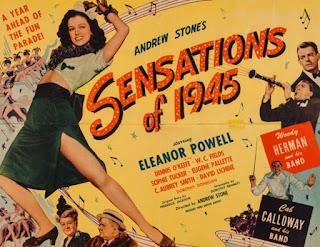Bob Strong is not a name that most remember from the Big Band Era. The majority of his body of work came as a staff musical director for a few radio shows but he did manage to assemble a pretty good touring band to take out on the road in the mid 1940's.
Strong got his start in Chicago as a sideman in the orchestras of Paul Ash and Jean Goldkette in the 1920's. He was an accomplished musician on every instrument in the reed family and could also play oboe, violin and mellophone. A very talented guy!
He eventually made a home for himself working in Chicago radio market and this led to him being one of the busiest staff music directors in the Midwest. Two of the biggest shows he worked on were The Buddy Clark Show and The Red Skelton "Avalon Time" Show.
During the mid 40's, Strong took his band on the road and they played all the main spots, including gigs at the Glen Island Casino and the Roseland Ballroom. Bob Strong and His Orchestra also spent a good amount of time performing for troops and war workers all over the United States.
Largely due to The Musicians' Strike of 1942-44, only a small amount of Strong's work made it onto shellac. Below, I included a track that I transferred from my 78rpm Collection. There's also a few others to listen to on my Youtube Channel here.
Bob Strong passed away in March of 1976.
Listen to: "Come Out, Come Out Wherever You Are" by Bob Strong from 1944.










